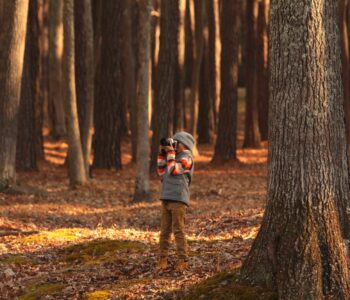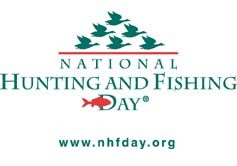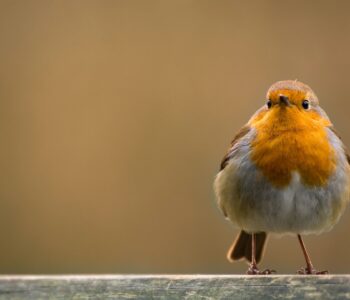 Nature Activities for Kids
Nature Activities for Kids
Connecting to Nature Through Photography
A great way to involve your kids with nature is to encourage them to take photos of what they see. There is no need to invest a huge amount of money into a camera for them. You can give them a hand-me-down point and shoot camera that you no longer use. If you don’t have an old camera and don’t wish to make an investment in a kid’s camera, you could start off with a one-time use camera to determine whether your child has any interest. A old smart phone would work. Many kids have one these days. Even a toy camera would work with tiny kiddos.
You can begin by walking around outside and pointing at interest things. Your backyard, no matter the size, offer interesting subject matter. You can say “wow, look at that,” and snap a photo with whatever you are using. Then your child can copy you. Once they have practiced with you, they can go off and hunt around and find their own subjects of interest. Insects are a popular subject. They are easy to find and — ants are ever popular!
As your children grow, you might be surprised by the artistry and imagination behind the photos they take. You might consider encouraging them to submit photos for to contests, post photos to their own blog, and even join community photo displays. When photographing animals, here are some tips:
- Focus on the eyes of an animal. Make sure that the animal’s eyes are in focus – properly focused eyes capture the viewer’s attention.
- Include the environment around the subject. Photograph the animal in its environment instead of zooming in close. Showing the surrounding area tells a story.
- Be respectful of wildlife. Never get too close to animals. If your presence is changing their behavior, you should back away.
- Don’t forget to pack their cameras for vacations! Why not give them a tool to help them create their own family memories!
It would be fun to see photos your kids have taken. Head on over to our Instagram account @KidsDiscoverNature and share photos with the entire KDN community. Thank you for joining us there!





